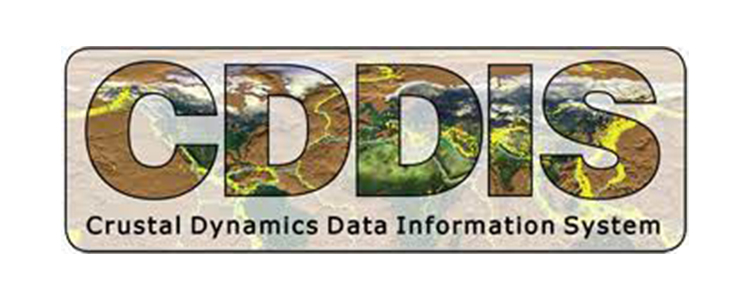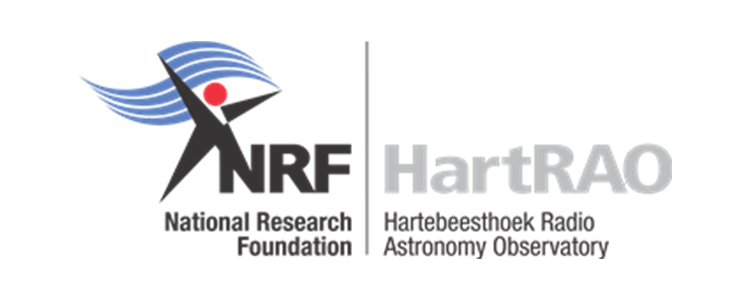IGS data centers fall into three categories: Global, Regional, and Operational Data Centers. Each has varied duties which must be carried out continually and with a minimum of delay or downtime, although the multiplicity of DCs provides a measure of redundancy. The description and responsibilities of each type of DC are detailed in the separate policy document “Charter for IGS Data Centers” and include duties such as collecting data from GNSS tracking stations and ancillary equipment, data validation, permanent archival, providing online availability, and transmittal to and equalization with other DCs. The set of DCs provides for open access to IGS data and products by IGS participants and all external users. DCs are approved by the IGS Governing Board (GB) following demonstration of qualifications and commitment.
Background, Definitions and Responsibilities
IGS Data Centers fall into three categories: Global, Regional, and Operational Data Centers.
Global Data Centers
Global Data Centers are the main interfaces to the Analysis Centers and the user community in general. They receive/retrieve, archive, and provide online access to tracking data provided by the Operational/Regional Data Centers. At a minimum, Global Data Centers archive 30-second sampling interval data from IGS sites identified as reference frame stations. The Global Data Centers also archive and provide online access to IGS products. Finally, the IGS Global Data Centers backup and secure their holdings of IGS data and products, exchanging data between other data centers in order to ensure equalization of data holdings.
Although station operators are required to validate data prior to transmission, data centers at all levels should also perform routine quality control on incoming data as additional prevention of providing bad or corrupt data.
Regional Data Centers
Regional Data Centers collect tracking data in exchange format from several Operational Centers and/or stations, maintain a local archive of the data received, provide on-line access to these data to the user community of the region, and transmit data from a subset of their sites (minimally, IGS reference frame stations) to the Global Data Centers. The set of stations archived may be either a limited geographic region (e.g., Europe, Australia, etc), or those stations managed by the archiving agency.
Operational Centers
Operational Centers are in direct contact with tracking sites. Their tasks include station monitoring, data validation, suitable data reformatting into an exchange format (RINEX), compression of data files, maintenance of a local archive of the tracking data in its original receiver format and the exchange format, as well as the electronic transmission of data in exchange format to a Regional or Global Data Center. The Operational Center must download data from the receivers located at IGS stations on a timely basis without interruption, or as specified to meet the requirements of at least one type of IGS product. Details are available in IGS Site Guidelines. Operational Centers may or may not allow users direct access to their data holdings.
Data Center Contents
All DCs should retain logs of IGS data and product file retrievals for at least one year, but preferably indefinitely. The Central Bureau (CB) may request such information from time to time, for the purpose of collecting statistics on the usage of IGS data and products.
The online archive of GNSS data available through the IGS Global Data Centers should include:
- Daily files of GNSS data (minimum all IGS reference frame stations) at a 30- second sampling rate (minimum of one year online; older data may be near-line).
- Hourly files of GNSS data at a 30-second sampling rate (minimum of three days online; older data may be purged)
- High-rate, low-latency GNSS data.
All data should be available in RINEX format, both Hatanaka-compacted and Unix (.Z)-compressed. The data archive should also include broadcast ephemeris, and meteorological RINEX files.
The online archive of IGS products available through the IGS Global Data Centers should include:
- Weekly solutions of classic IGS Final products from the IGS Analysis Centers
- Combined weekly solution from the IGS Analysis Center Coordinator
- Daily rapid and sub-daily ultra-rapid solutions from the IGS Analysis Center Coordinator
- Weekly and cumulative combined station coordinates and velocities from IGS Reference Frame Coordinator
- Associate Analysis Center products as they are approved by the IGS Governing Board as Pilot Projects or Working Groups, including: GLONASS orbits, Regional and Global Network Analysis Center solutions in SINEX format, Zenith path delay files from the Troposphere Working Group, and Ionosphere parameters from the Ionosphere Working Group
New Data Centers
Proposals for a new Data Center should begin with a conversation with the Infrastructure Committee (IC). The IC and Central Bureau can assist in bringing a letter stating the agency’s qualifications, commitment, and plans to the GB. Based on recommendations of the IC, and demonstrated commitment of the host organization, the proposed DC will be evaluated and considered for approval by the GB.
Global Data Centers






Regional Data Centers





RDAAC-IRIS
Operational Data Center
| Institution | Institution Website Link | Data Access Link |
|---|---|---|
| Geoscience Australia (formerly AUSLIG) | Institution Website | Data Access |
| Geological Survey of Canada | Institution Website | — |
| Canadian Geodetic Survey | Institution Website | — |
| Kort & Matrikelstyrelsen/National Survey & Cadastre | Institution Website | — |
| Centre National d’Etudes Spatiales | Institution Website | — |
| European Space Agency/ESOC | Institution Website | — |
| GFZ | Institution Website | Data Access |
| Hartebeesthoek Radio Astronomy Observatory | Institution Website | Data Access |
| Italian Space Agency | Institution Website | — |
| Geographical Survey Institute | Institution Website | — |
| Delft University of Technology | Institution Website | — |
| Norwegian Mapping Authority | Institution Website | — |
| RDAAC-IRIS | Institution Website | — |
| Jet Propulsion Laboratory | Institution Website | Data Access |
| NGS/NOAA Operational Data Center | Institution Website | — |
| Scripps Orbit and Permanent Array Center | Institution Website | — |
Project Data Center
SONEL aims at providing high-quality continuous measurements of sea- and land levels at the coast from tide gauges (relative sea levels) and from modern geodetic techniques (vertical land motion and absolute sea levels) for studies on long-term sea level trends, but also the calibration of satellite altimeters, for instance.
SONEL serves as the GNSS data assembly centre for the Global Sea Level Observing System (GLOSS), which is developed under the auspices of the IOC/Unesco. It works closely with the PSMSL and the University of Hawaii Sea Level Center (UHSLC) by developing an integrated global observing system, which is linking both the tide gauge and the GNSS databases for a comprehensive service to the scientific community. It also acts as the interface with the scientific community for the French tide gauge data.
| Institution | Institution Website Link | Data Access Link |
|---|---|---|
| SONEL Universite de La Rochelle | Institution Website | Data Access |

